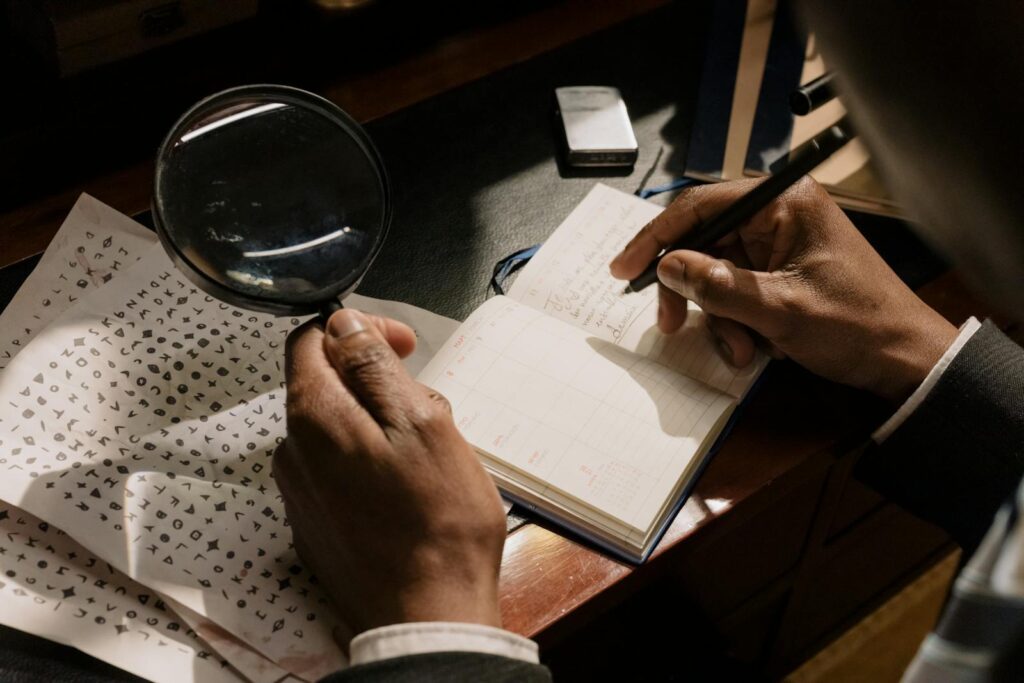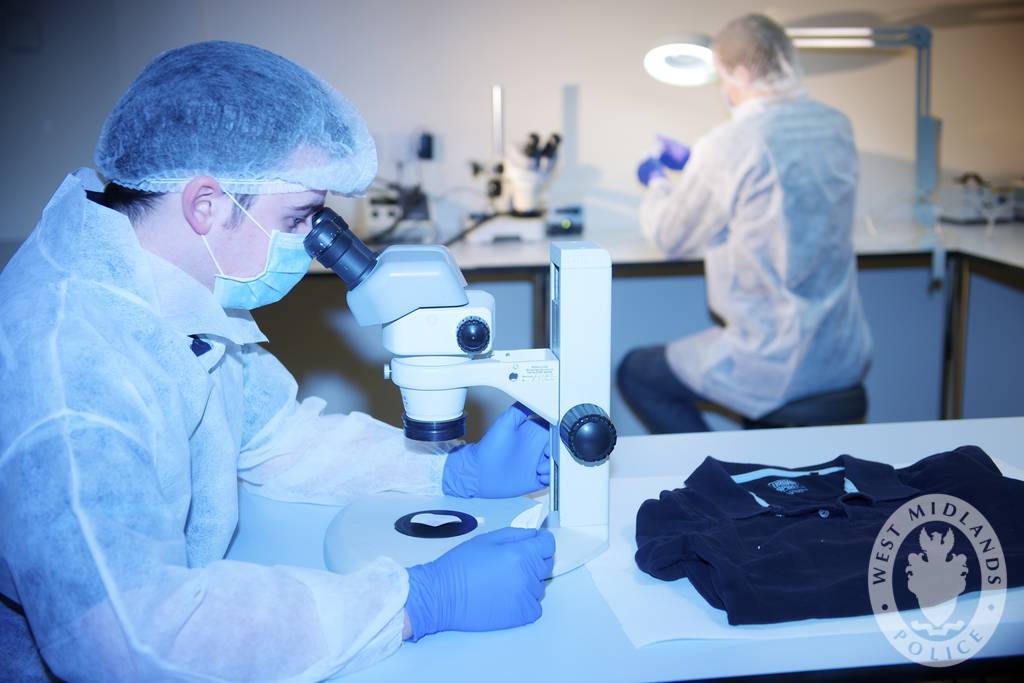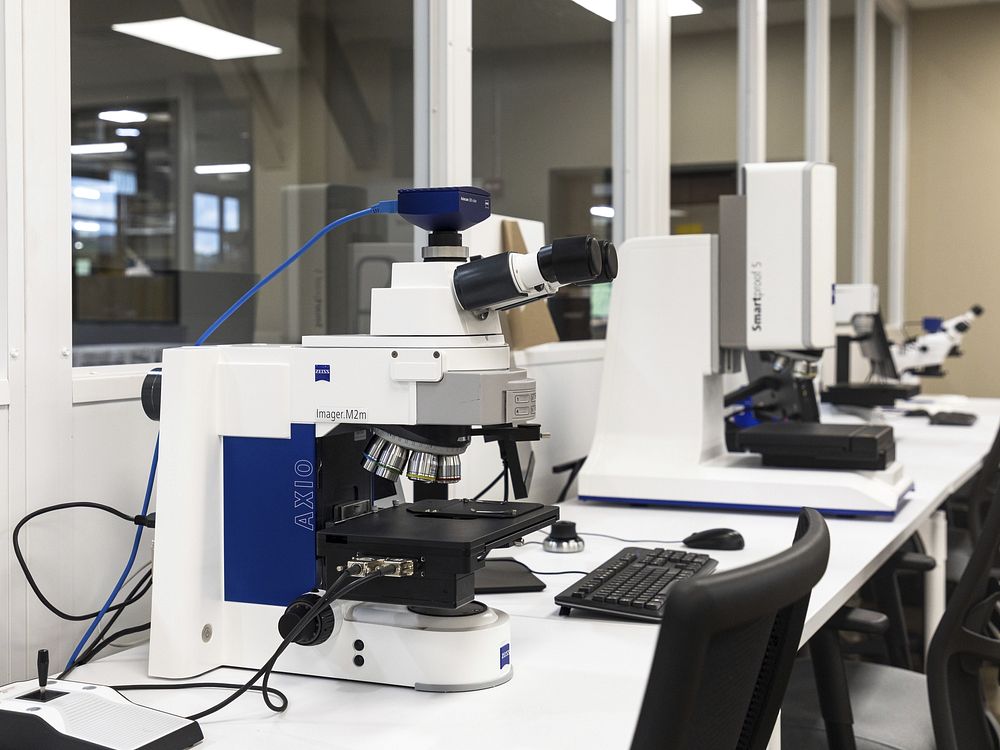Now Reading: Using Forensic podiatry in Investigation
-
01
Using Forensic podiatry in Investigation
Using Forensic podiatry in Investigation
“The human foot is a masterpiece of engineering and a work of art”
Forensic podiatry is limited but potentially valuable for the purpose of individual identification using clinical podiatric expertise. The practice of forensic podiatry commenced in Canada and the UK in the early 1970s. Since the 1970s, forensic podiatrists have accompanied law enforcement in crimes in which Dr Norman Gunn assisted in bare footprint examinations in more recent times. Forensic podiatry is the study of the foot or footprints of an individual in a crime scene to get the knowledge and experience in the forensic investigations. It utilizes the excellence of the podiatry profession in the application of specialised clinical, practical and theoretical information and experience in a structured, knowledge based method in the interpretation of the functioning foot and wider importance of the musculoskeletal system. Forensic podiatry techniques include identification of human footprint, footwear and gait patterns which are seen or captured on CCTV.
Footprints or footwear prints are sometimes encountered in primary or secondary crime scenes and are important evidence which will lead us to the culprit. Within forensic podiatry, there are three main domains in which each focused primarily on providing analysis and criminal identification -footprints, footwear and gait patterns (on video footage). For Footprints analysis, two methods are used- overlay method and linear measurement. In overlay method they consider the unknown footprint with the suspects footprint using clear acetate sheets or by imaging software and in linear measurement method, comparison between the measurements of the distance or angles between reference point on the crime scene footprint and suspects footprints,mainly used techniques are Gunn lines, Rossi’s Podometric system and the Reel method. Footwears which are left at the crime scene are also compared with the footwears of the suspect, the wear pattern on the shoe sole, upper of the sole, inside the shoes are analyzed and compared to know the culprit.
Nowadays, the gait (the style of walking of a person)analysis is used mostly because the video surveillance or CCTV are increased and thereby the criminals can be caught on the visuals. But sometimes because of the poor lighting, inadequate camera angle and of other factors the face can’t be recognized. So the forensic podiatrists are able to link the criminals by analysis and comparing his/her gait. Gait Analysis is a widely used technique in the criminal justice system to identify different suspects, present evidence to the defence, and help identify new suspects. The application of Gait Analysis is one of the largest and most effective techniques of data gathering for forensic evidence in systemal litigation, and is one of the most important techniques used on the criminal justice system today.Forensic Podiatry has its own specialism which is Gait Analysis, in which the purpose is to analyse the gait of a particular person or animal and assist in the recognition of the person being identified . In a typical case , there will be a number of gait attributes such as gait variability , gait acceleration, gait deceleration and gait stride length to assist in the recognition of the person being identified.
In certain ways, forensic podiatrists can determine the identity of the people from the footprints. The analysis of bare footprints includes the identification based on the individualistic characteristics of the toe and heel region, such as flat footing, ridges, creases, humps, an extra toe, missing toe, cuts,corns, pits, cracks, deformities, and various features. These features can link the culprit with the crime. For casting of footprints or footwears the experts use plaster of paris, dental stone, gelatin lifter, adhesive lifter etc and if the footprints or footwears are present on ice floe, it can be casted using sulphur. Forensic Gait Analysis was first developed and introduced by podiatrist Haydn Kelly at the Old Bailey Central Criminal Court, London , UK, as admissible evidence in the criminal justice system in 2000. In India, the study of footprints is still perceived as rudimentary science.
The existence of foot-related evidence in criminal investigations is not recent and it is established back to at least 1862, when the footprint of Jessie McLachlan placed her at the scene of the murder of a woman, for which McLachlan was then convicted.
In addition, forensic gait analysis can assist in determining the person’s height and sex, determining body weight, estimating the number of persons involved by calculating and measuring step length / stride length if there are a number of footprints or gait patterns available for analysis. The gait analysis can also help to comment on the type of footwear used, the use of any walking aid or assistance (such as a walking stick).
Factors affecting footprint and gait patterns includes the footwear in which it causes patten variability according to the increased hip movement, use of knee brace, whenever the speed varies there will be an effect in the pattern, disorders or medical condition -A standard and time-specific gait pattern is noticeable in the individual suffering from such a disorder, location where the person is walking, the direction of light and the direction of person, age of the person-Walking relies on muscle power, which gradually shifts as the person gets older. And variations in muscle strength affects the pattern, camera’s angle and positioning are also considered to be important. If not obvious, the quality of the recording obtained for comparison can lead to misinterpretation or inconclusive outcomes, fatigue-when the person is low on energy, the rate of walking often decreases etc.
The International Association of Identification has outlined and decided on the role and scope of Forensic Podiatry. Forensic podiatry is however a young field and in certain cases the principles behind them are noted. More recognition among the general public is also gained through forensic podiatry. The area is evolving rapidly and becoming a major sub-discipline in the area of podiatry. So forensic podiatry plays an important role in the forensic field and it helps in the identification of individuals by the analysis and comparison process and it also optimizes the investigation both in terms of quantitative-qualitative analysis. In addition to this, it provides more efficient investigative work and reduces the time to apprehend the culprit. In the case of criminal, as in the case of crime scene investigation, forensic analysis helps in a more precise identification.
REFERENCES
-
https://www.brainyquote.com/quotes/leonardo_da_vinci_131988 (visited on 2|10|2020)
-
Burrow, J. G. (2017). Forensic Podiatry – An Overview. Journal of Forensic Sciences & Criminal Investigation, 5(4), 1–8. https://doi.org/10.19080/jfsci.2017.05.555666(visited on 3|10|2020)
-
https://www.policechiefmagazine.org/gait-footprints-and-footwear-how-forensic-podiatry-can-identify-criminals/ (visited on 3|10|2020)
-
http://www.podiatryinstitute.com/pdfs/Update_2017/Chapter11_final.pdf (visited on 3|10|2020)
-
https://www.ncbi.nlm.nih.gov/books/NBK557684/ (visited on 3|10|2020)








